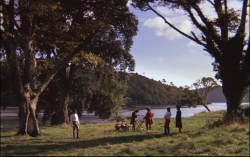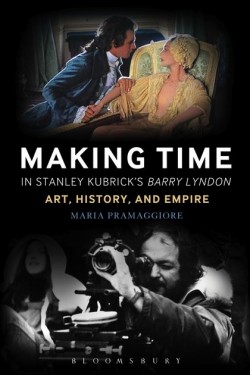by NEIL SINYARD

I’ve always had a soft spot for Stanley Kubrick’s Barry Lyndon (1975). It was the subject of the first film review I ever published, in a now-defunct magazine Films Illustrated which had a section that invited readers the right of reply if they felt a film had been under-rated (or over-rated, I suppose). The reviews I had read of Barry Lyndon when it had first opened described it as overlong, boring, indecipherable, embalmed, symptomatic of a tendency in modern cinema for directorial self-indulgence, so I had gone to the cinema with comparatively low expectations. Three hours later I had emerged in a daze, convinced I had seen a film of quite exceptional artistry.

